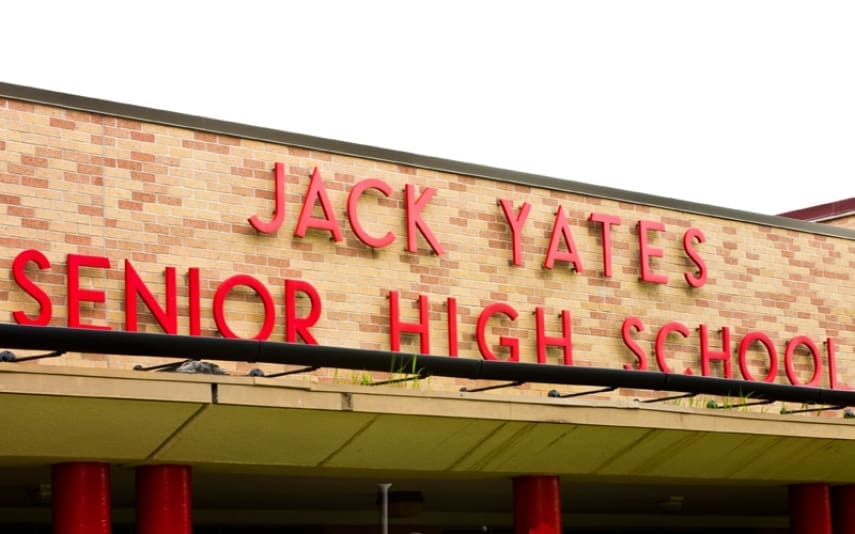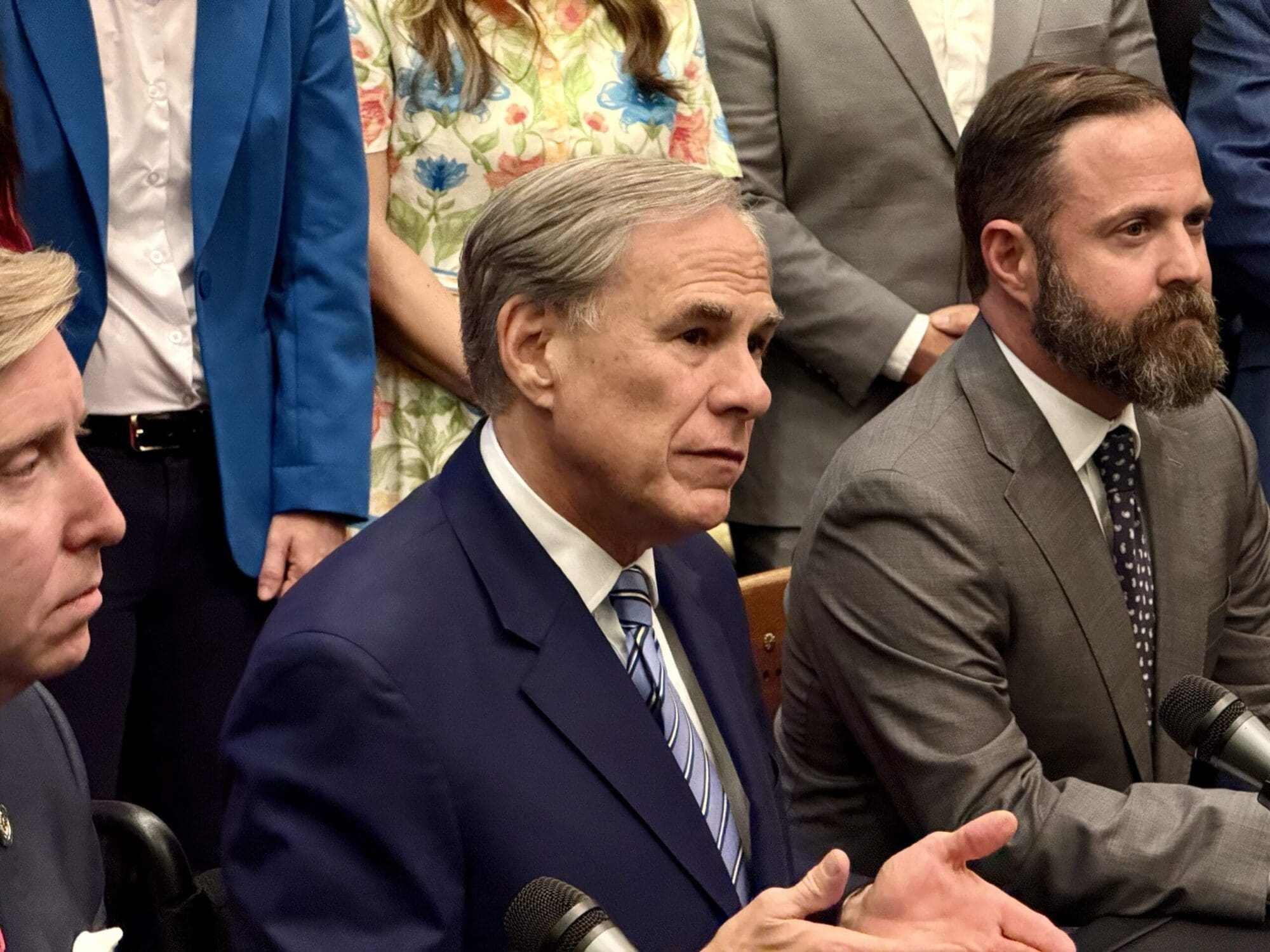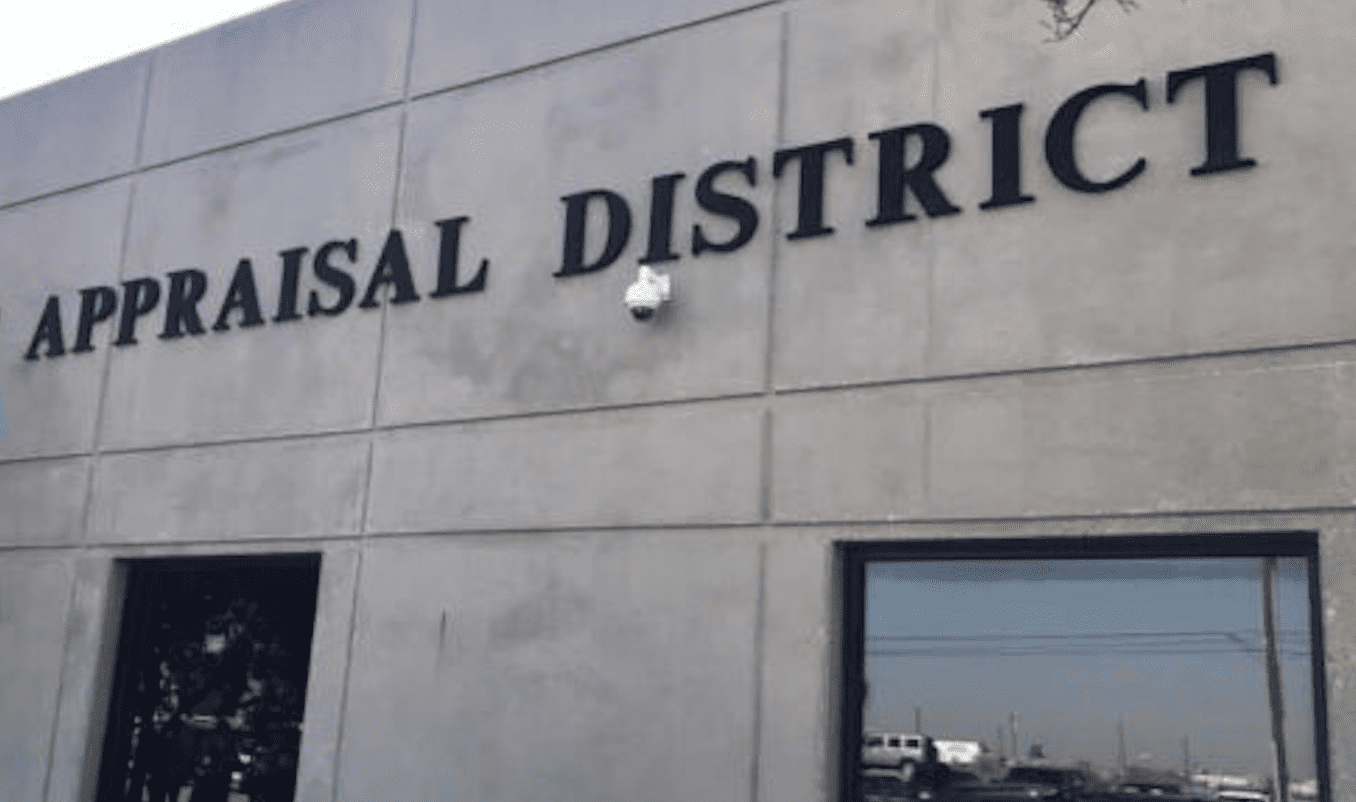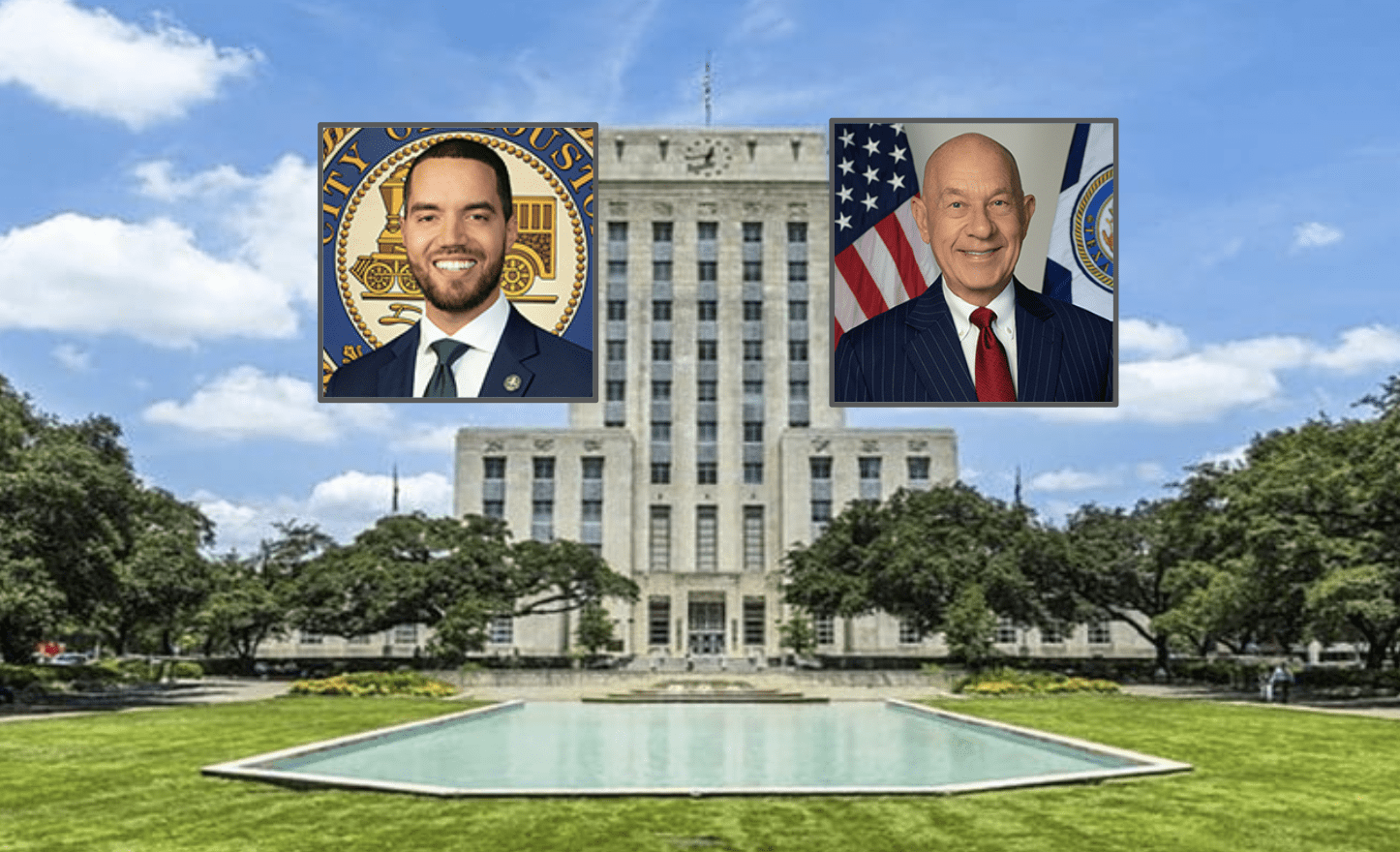Students, parents and other taxpayers living in Houston’s Third Ward are loudly voicing their grievances with Houston ISD (HISD), and the person they elected to represent them over a costly, yet seemingly unstoppable, project. The project, which will lead to the rebuilding of historical Yates High School, doesn’t satisfy the neighborhood’s qualms about it being a waste with no benefit to the students.
Roughly 200 people showed up, in the rain, to protest outside of Yates High School regarding the design proposal of what some residents are calling a “Warehouse School.” Many are even calling for the resignation of their HISD trustee, Paula Harris.
Activists in the community say they feel HISD, and Harris, have not been forthcoming with information in regards to the rebuilding project. Many say once voters approved the bond, the school board wrongly left them out of planning discussions.
Would-be beneficiaries of the school are saying that this rebuilding does not include the same infrastructure the school once had. They also voiced concern that the “new and improved” school will lack fundamental trade and academic programs. These training programs enable students to learn a trade that they can use to find jobs following high school, should they choose to take that route.
More than $59 million of a $1.89 billion bond proposal passed in 2012 will be funding this project. What would a new school be without new taxes? The project comes with a 4.85-cent property tax increase, phased in over the next 5 years.
HISD has a reoccurring theme of historically large bond proposals. In 1998 they pushed a bond proposal for $678 million, 2002 they came back and asked for another bond over $808.6 million, and in 2007 they begged taxpayers to approve roughly $805 million. Voters are starting to feel their return on investment is nonexistent, and now they want their representative, Paula Harris, to answer some questions about how HISD is dealing with finances.
Ground hasn’t broken but parents are already considering transferring their children to Lamar High School, which is only a few miles away. They want a school where the programs and infrastructure won’t take back seat to an expansive and expensive “warehouse school.”
If the students, parents and community are rejecting the plan while threatening to not use the facility, why continue with the project? Why not ask for public input, allowing people who will benefit from it tell you what they truly need? These are questions for the school district to answer, but it seems HISD and Harris’ main concern is that they look like a leading “urban” school system from the outside, even if the inside is hollow and rotting away.




